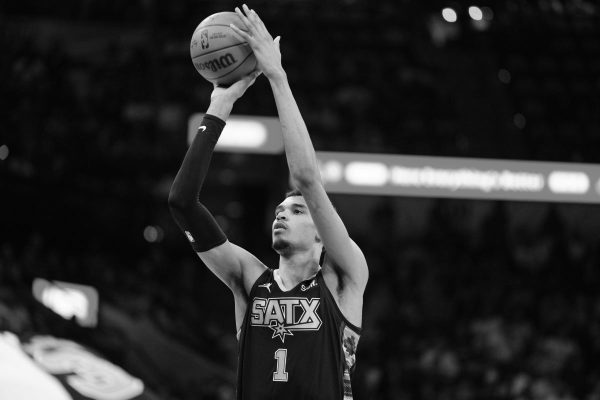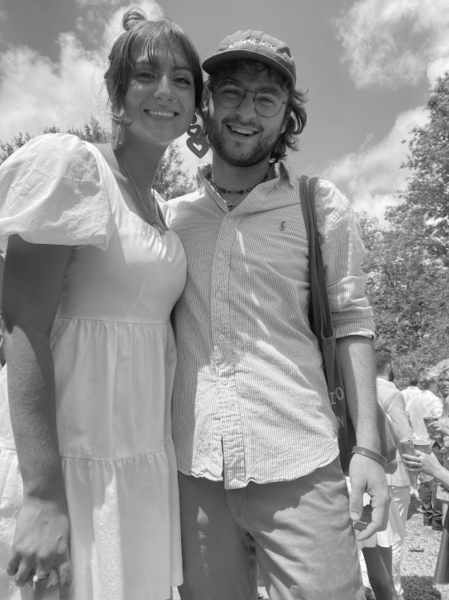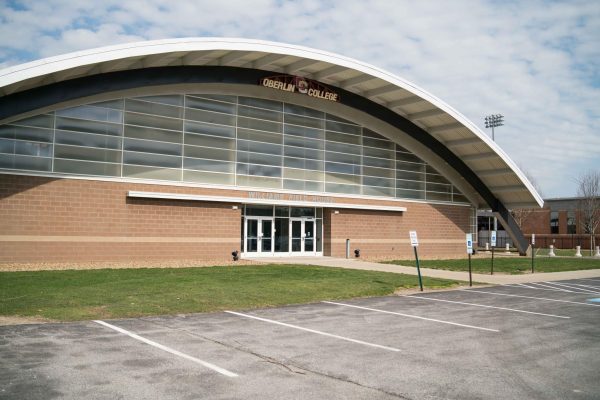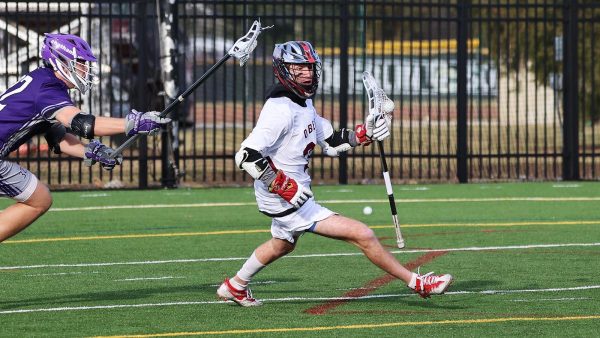Exploring the Money Behind OC Athletics
In the midst of significant institutional change due to Oberlin’s mounting structural budget deficit, investments in spaces like the Shanks Health and Wellness Center and the Knowlton Athletics Complex have left some community members wondering where the money for such projects comes from.
The answer, according to Vice President and Dean of Students Meredith Raimondo and Delta Lodge Director of Athletics and Physical Education Natalie Winkelfoos, is complicated, and has to do with the specifics of fundraising strategies and logistics.
“Athletics fundraising at a Division III school is like breathing — you need to do it and it’s always happening,” Winkelfoos wrote in an email to the Review. “I have regularly scheduled meetings and events to strategize and solicit. There can also be a very organic process that happens on [the] sidelines or through casual interactions with alumni and parents at games or events.”
Donations to the athletics program — and the College more generally — can come in the form of either current-use funds or gifts to the endowment that are set aside for future athletics-related projects. Raimondo explained how different kinds of donations can work together in helping campus projects come to fruition.
“Fundraising support in one area may create budget relief to support another area that is unlikely to receive donor support,” she wrote in an email to the Review. “For example, donor support for a specific capital project (such as a new or renovated building) may then allow the College to use funds that would have been spent on that facility on other critical projects, such as infrastructure (like the pipes that carry heat around campus).”
For athletics in particular, current-use donations account for between 10 and 14 percent of the department’s annual operating budget, according to Winkelfoos. Current-use funds can be acquired in a number of ways — sometimes a conversation with an alum or parent can spark a gift. Larger investments, such as new facilities, require more concentrated fundraising, and can sometimes also draw on endowment funds earmarked for athletics-related projects.
Both Shanks and Knowlton, for example, were funded in large part by the Oberlin Illuminate capital campaign in 2016. That campaign resulted in donations for a wide array of projects across campus.
However, even within planned capital campaigns like Oberlin Illuminate, sometimes a large gift given for a particular use can cause the College to shift priorities and pursue unexpected projects.
“The stadium renovation was one of those rare instances where a catalytic gift from the Knowlton Family Foundation caused some reprioritization,” Winkelfoos wrote. “That gift was matched with significant alumni contributions to create a premier facility that is used by multiple sports, outside organizations and nearly every office on campus.”
In making such decisions to shift priorities in order to be able to accept a large gift, administrators must evaluate whether the gift will be able to support the investment on an ongoing basis.
“One example I can give is donor interest in supporting an endowed professorship,” Raimondo wrote. “If the amount of the endowment does not provide sufficient income to support the professorship, the College will be unable to hire someone.”
Even if a gift provides enough funding to cover ongoing expenses, administrators could still make a decision to decline it, based on a number of factors including mission alignment.
“A core challenge of fundraising is matching the needs of Athletics with the inclination of the donor,” Winkelfoos wrote. “This challenge is most effectively overcome by our office having a strong and clear mission. … We are not going to put in a wave pool, if someone offers us $10 million to start a surf club. But we would certainly try to engage that donor in some other way.”
Carson Li is a College fourth-year who teaches boxing classes through the YeoFit program that was created following the Shanks expansion. Li says many students, including himself, likely don’t know exactly where the money for Shanks came from.
“I think many of us do not really care,” Li said. “Since we have already paid for the tuition, and we saw some great changes in the wellness center, most students may not feel the need to understand how the building was funded.”
Still, many students — varsity athletes and non-athletes alike — have found a use for the space, according to McLean Sammon, College fourth-year, member of the varsity volleyball team, and YeoFit instructor.
“I spend a lot of time in the gym as an athlete and YeoFit instructor and I have witnessed a shift that followed Shanks’ opening,” Sammon said. “Prior to Shanks’ opening, the gym was known as an athlete-dominated space that left little room for other community members. … Since YeoFit started and Shanks opened, I have seen so many people working out who I had never seen in the gym before.”
For Winkelfoos, synergy across different campus communities should be a goal of fundraising — in athletics and elsewhere.
“Every student-athlete that walks through our program is here to earn a degree,” she wrote. “Their experience in Athletics is intended to enrich that pursuit. Fundraising for curricular redesign or a new recital hall for the Conservatory will help Athletics attract and retain talented student-athletes. We rise as the other parts of campus rise and I am convinced that the opposite is true, too.”






